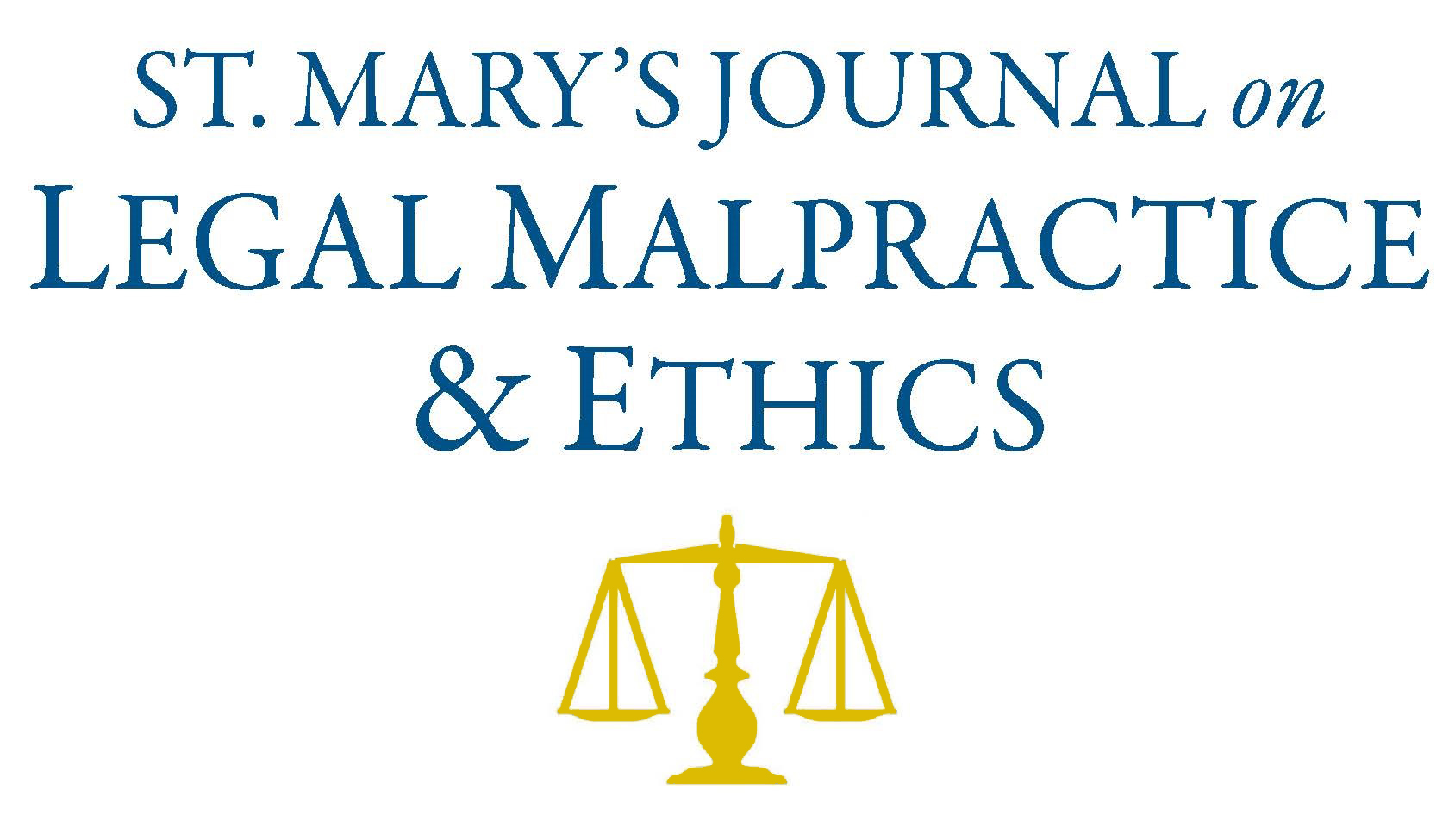
First Page
2
Date Created
10-17-2023
Publisher
St. Mary's University School of Law
Editor
Julia M. Tillman
Last Page
33
Abstract
The law and literature movement is frequently associated with the use of literary images of law as a point of reflection upon the ethical obligations of lawyers. Mary Shelley’s Frankenstein (1818)—the story of a young scientist whose unorthodox experiments end up creating the famed “monster”—is not, at first glance, a likely candidate for that enterprise. However, Dr. Frankenstein’s ambition and ruthless pursuit of knowledge has become a contemporary image of science out of control and the need for ethical limitations on scientific progress. Consequently, the novel raises currently important issues of regulating science and technology. Given the lawyer’s ethical obligation to work for the improvement of the law, is Artificial Intelligence (“AI”) and the trend toward automated decision-making in legal contexts, the professions own out of control “monster?” Shelley’s novel includes depictions of injustice in unsympathetic criminal courts: two innocent characters are condemned to death, one on weak evidence and one for his religious beliefs alone, while another has his property cruelly confiscated. While Frankenstein raises issues pertaining to “Big E” ethics—such as the responsibility of lawyers for law reform and justice in society—it also engages our everyday concerns for injustice as reflected in relevant judicial codes of ethics and rules of professional conduct.
Recommended Citation
David S. Caudill,
Law and its Limits: Ethical Issues in Mary Shelley’s Frankenstein or, The Modern Prometheus,
13
St. Mary's J. on Legal Malpractice & Ethics
2
(2023).
Available at:
https://commons.stmarytx.edu/lmej/vol13/iss1/1
Included in
English Language and Literature Commons, Law and Society Commons, Legal Ethics and Professional Responsibility Commons

